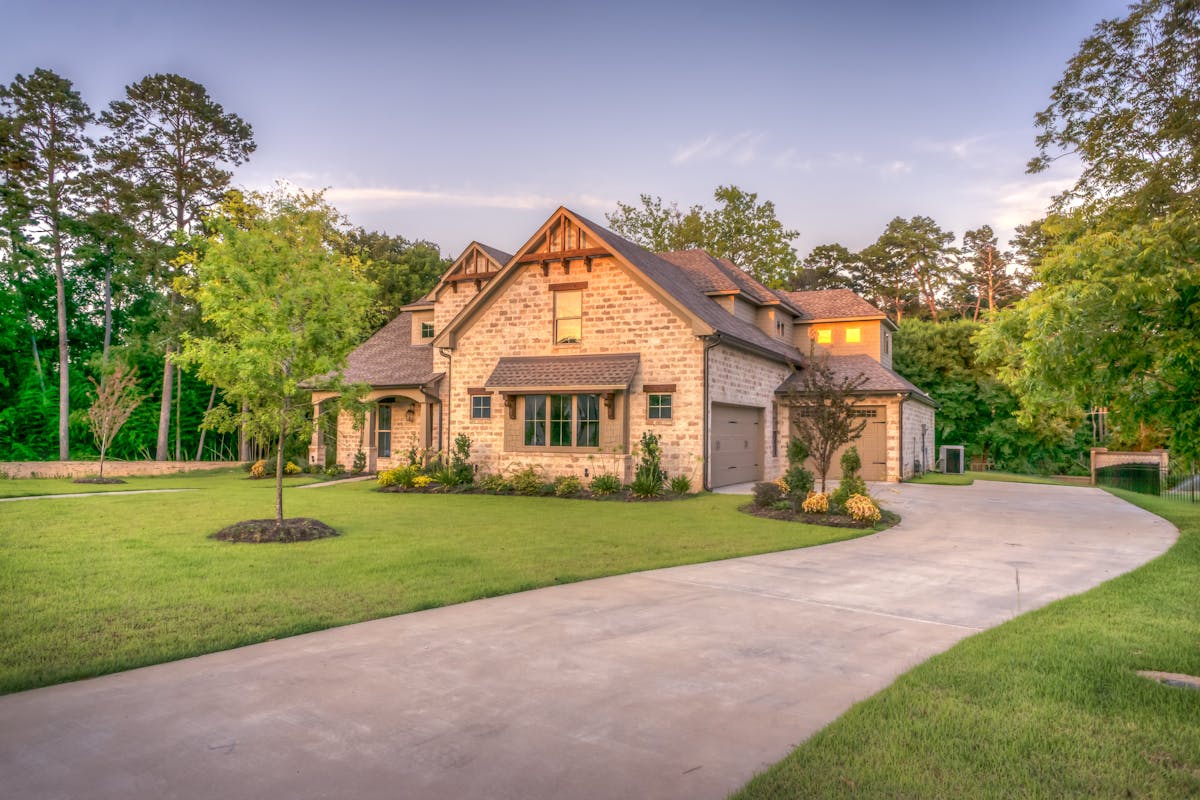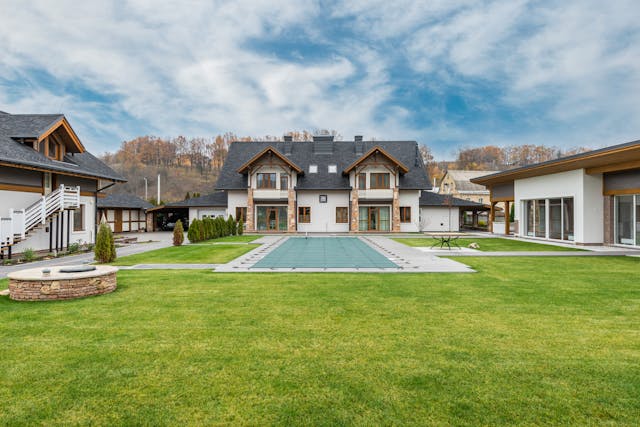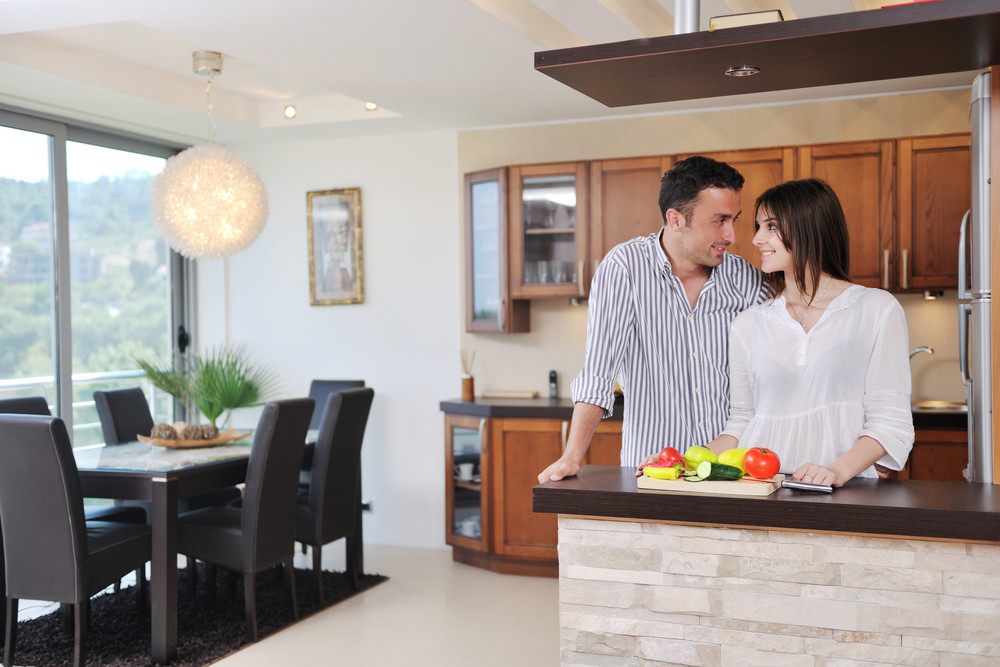
Modular buildings are becoming more and more popular across the United States.
In some parts of the word, like New York City, for example, a single bedroom apartment can cost around $3,000 a month to rent. A modular building, however, that looks just as good, if not better than other forms of apartments, can be much less expensive.
According to CNN Money, the 461 Dean in Brooklyn, the tallest modular building in the world, can be rented out for just $600 a month, significantly lower than the New York City average.
“It’s something we’re going to be seeing more and more because it can answer one of the critical architectural questions we face today,” said Christopher Sharples, founder of SHoP Architecture Firm. “How do we efficiently and effectively add residential capacity to our growing cities in a way that reduces as much impact as possible on the environment?”
 The United Nations predicts that by 2050, wholly 66% of the entire world’s population will live in cities, which would create even more overcrowding issues that cities are already dealing with today. Modular buildings can actually reduce construction timelines for building housing for this population increase by 30% to even 50%.
The United Nations predicts that by 2050, wholly 66% of the entire world’s population will live in cities, which would create even more overcrowding issues that cities are already dealing with today. Modular buildings can actually reduce construction timelines for building housing for this population increase by 30% to even 50%.
“The success of completing 461 Dean in one of the densest urban environments in the US reaffirms that this technology can be replicated virtually anywhere,” added Adam Greene, vice president of residential development at Forest City Ratner.
In addition to short construction time and providing more affordable living space for people in crowded cities, there are other tangible benefits of a modular building.
It’s a common misconception about modular homes that they are weak and easily breakable, but that’s not the case. Modular homes are actually extremely durable and can even withstand winds up to 175 miles per hour. The fact that these homes, depending on how they were constructed, are able to be portable is a great benefit as well.
Modular buildings also have numerous uses and are not held back by too much construction constraints. They can be built for permanent living arrangements, to provide shelter, churches, office areas, portable classrooms, portable cabins and much more.
If you want to learn more about the modular industry, contact Alternative Building Solutions today.


